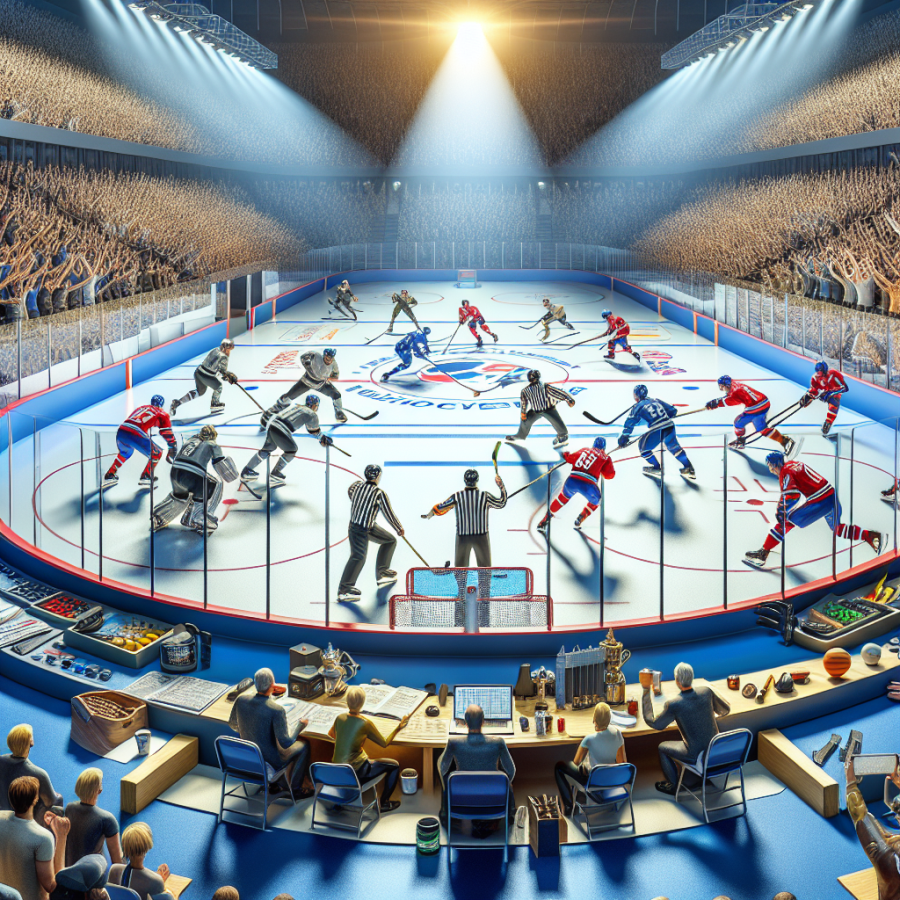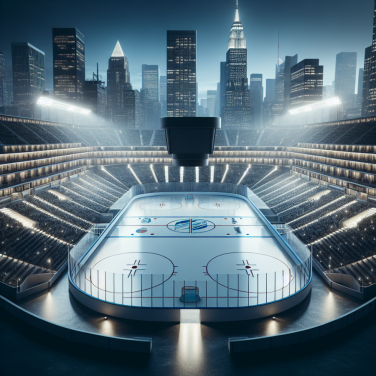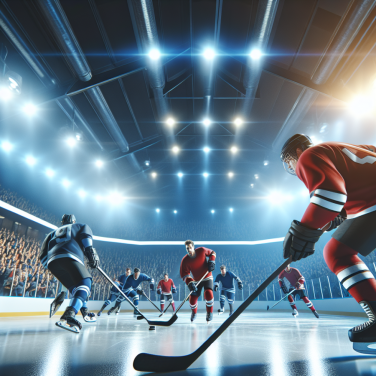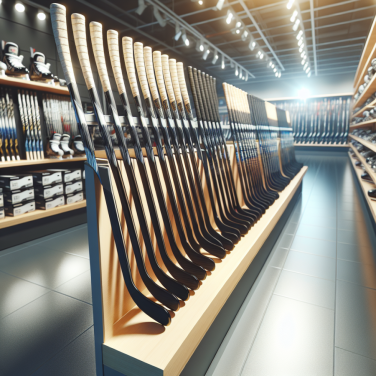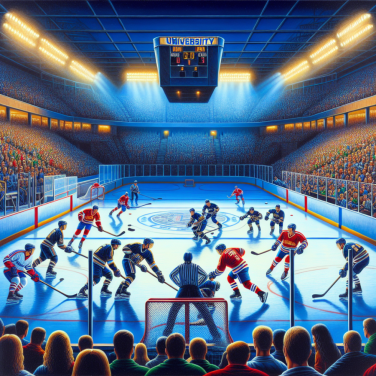Mastering the Art of Slap Shots in Ice Hockey
Mastering the Art of Slap Shots in Ice Hockey
The slap shot is one of the most dramatic and powerful shots in a hockey player's arsenal. It combines strength, timing, and technique to propel the puck towards the net with incredible force. Mastering this skill not only makes a player a formidable opponent on the ice but can also turn the tide in a tightly contested game.
To begin, stance and balance are foundational. A player should position their feet shoulder-width apart for stability, with the body's weight evenly distributed. This stance ensures that when the player winds up for the shot, they can transfer energy fluidly without losing balance.
The wind-up is the next critical component of the slap shot. Players must raise their hockey stick backward with both hands keeping a firm grip—the dominant hand lower down the shaft to control the motion. During the wind-up, the more the stick is raised, the stronger the potential force, but players must find a balance between power and control to guarantee precision.
When executing the slap shot, eye coordination is vital. The player must keep their eyes focused on the puck and the intended target through the entirety of the motion. To make contact, the player brings the stick down, aiming to originally strike the ice a few inches before the puck, which allows the stick to flex and store energy.
The flex of the stick is a crucial element of the slap shot's mechanics. Modern hockey sticks are designed to bend, storing energy when flexed that is then released as they snap back to shape. This flexing action contributes significantly to the velocity of the puck. It's important for a player to choose a stick with the appropriate flex rating for their strength and style of play.
Upon making contact with the puck, follow-through dictates the puck's trajectory. The player should follow through high—if they want the puck to lift—or follow through low to keep the shot along the ice. The direction of the follow-through also influences accuracy, as pointing the blade of the stick towards the intended target guides the puck.
In addition to mastering the physical execution of the slap shot, players must understand when to employ this powerful tool during a game. The best times to take a slap shot often occur during power plays, when there is more open ice and defensive pressure is less intense, or when a teammate sets up a screen in front of the opposing goaltender, obscuring their view of the incoming shot.
Read also:
Elevate Your Wellness: A Comprehensive Guide to Different Fitness Classes
Navigating the Complexities of Ice Hockey Penalties
Ice hockey is notorious for its fast-paced nature and complex rules, especially when it comes to penalties, which can sometimes leave players and fans alike scratching their heads. When a player violates the rules, referees enforce penalties which can significantly impact the flow of the game. It is crucial to understand the variety of penalties, their corresponding signals, and the consequences on the game play to truly appreciate hockey's strategic depth.
**Minor Penalties:** These are the most common infractions, resulting in the offending player spending two minutes in the penalty box. Common minor penalties include tripping, hooking, slashing, and high-sticking. If a team scores during the power play, the penalty ends and the player is allowed to return to the ice.
**Major Penalties:** More severe offenses, such as fighting or intent to injure, result in a five-minute major penalty. These are served in full, regardless of how many goals the opposing team scores.
**Double Minor Penalties:** At times, a player might receive a double minor, which is essentially two consecutive minor penalties. An example is high-sticking that causes an injury. The offending player is given four minutes in the penalty box.
**Misconduct Penalties:** Actions that are not acceptable on the ice, such as egregious unsportsmanlike conduct, can lead to a ten-minute misconduct penalty. The player is sent off the ice for ten minutes of game time, although no power play is awarded unless accompanied by a minor or major penalty.
**Match Penalties:** These penalties are reserved for serious violations with intent to injure. The player is ejected for the remainder of the game and may face further disciplinary action from the league.
**Penalty Shot:** Sometimes, a player is denied a clear scoring opportunity by a foul from an opponent. In such cases, a penalty shot may be awarded, which is a one-on-one confrontation between the player and the opposing goaltender.
**Delayed Penalties and the Advantage Rule:** When a team commits a penalty, the referee may raise his hand to signal a delayed penalty. Play continues until the offending team gains possession, at which point the game is stopped. If the non-offending team scores during this delay, the penalty is still enforced except in the case of a minor infraction.
**Understanding Penalty Enforcement:** One key aspect that often confuses new fans is the enforcement of penalties when multiple infractions occur.
